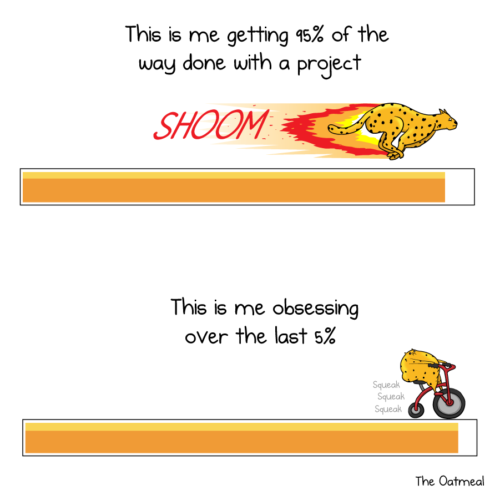Generate an SEO-friendly sitemap for Gatsby | Josh W Comeau
Josh keeps publishing articles that are both interesting to read and specifically useful to problems that I'm currently working on, but this time his article became the inspiration to solve a problem I've been ignoring for ages. As a result, my site should now have a sitemap (hooray!) thanks to this excellent tutorial on gatsby-plugin-sitemap. It was incredibly easy to follow, so I figured I'd log it here in case I ever need to come back to it 👏👏
I also fully endorse this sentiment:
I really don't want to have to care about SEO. It's all very nebulous, and it attracts so many snake-oil salespeople. SEO websites are the worst. And yet, if you want people to see the stuff that you build, SEO remains super important.
I don't think I mind that much about the discovery side of SEO, but when getting a boost is this simple why not go for it? I may not be chasing views, but I also don't want to hinder them.

